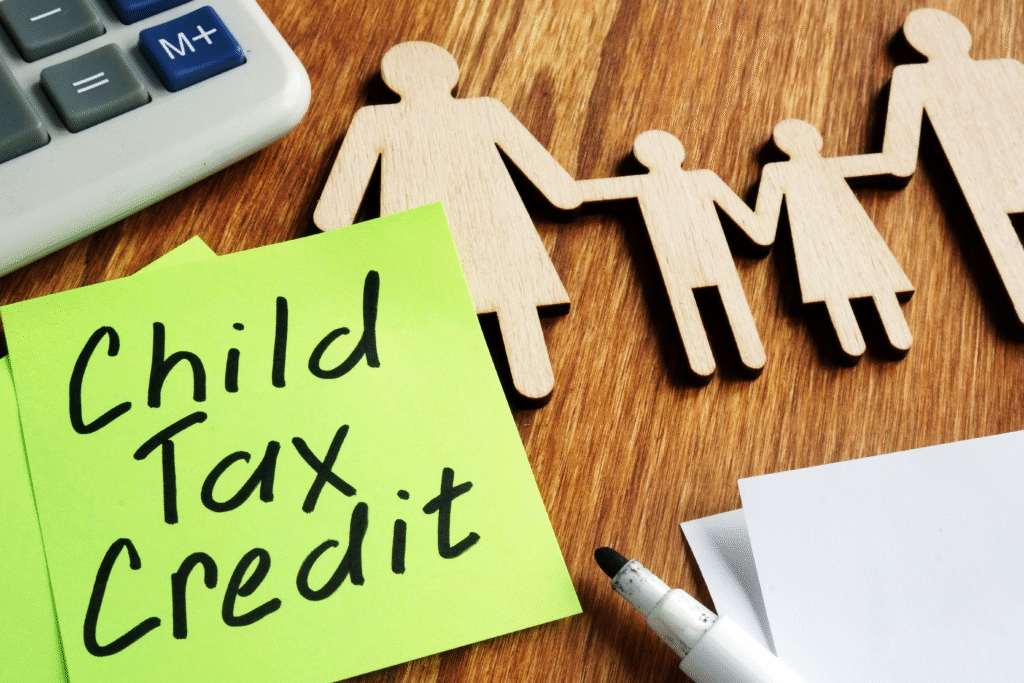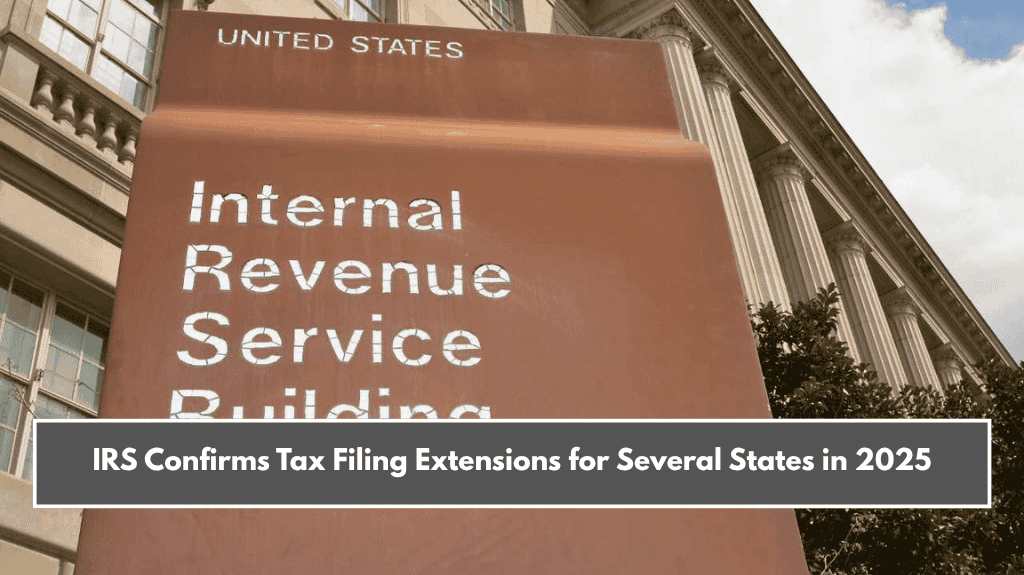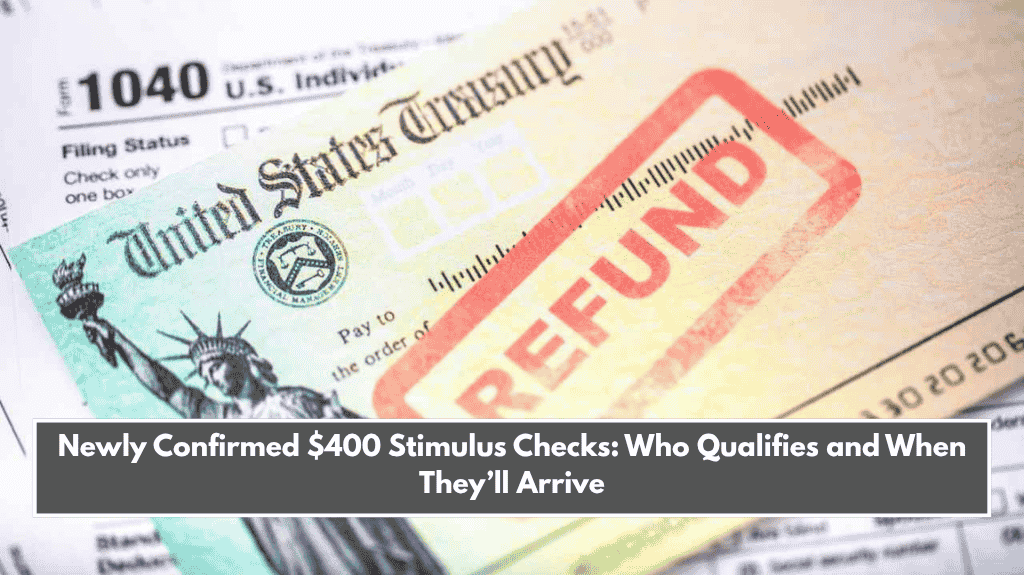There is some hopeful news for American families. In late May, House Republicans passed a bill that could raise the child tax credit to $2,500 per child. This change is part of a bigger government spending plan linked to former President Donald Trump’s policies.
The current maximum credit is $2,000, set in 2017, but this new plan would make the $2,000 permanent and temporarily increase it to $2,500 between 2025 and 2028. Let’s look closer at who this change could help and what it means for families.
What Is the Increased Child Tax Credit?
The new bill aims to increase the child tax credit to $2,500 for each eligible child starting in 2025 and lasting until 2028. But there is a catch — the increase would not help low-income families. According to Kris Cox from the Center on Budget and Tax Priorities, the bill leaves out about 17 million children who currently do not get the full $2,000 credit.
This is because very low-income families often don’t pay federal taxes, so they can’t claim the full credit. Also, the bill requires both parents to have Social Security numbers to get the credit on joint tax returns, which excludes many families.
Which Families Could Be Excluded?
Families with very low incomes may not benefit from the expanded credit because they don’t owe federal taxes. The bill also requires Social Security numbers for both parents, which could affect millions of children, especially in immigrant households.
If Congress doesn’t act, the child tax credit will drop back to $1,000 after 2025. The House bill keeps the credit at $2,000 permanently but raises it to $2,500 for three years only. After 2028, the credit would return to $2,000 and adjust yearly with inflation.

What Is the Child Tax Credit and How Does It Work?
The Child Tax Credit (CTC) is a benefit from the federal government to help taxpayers with children. It reduces the amount of income tax families owe. If the credit is more than the taxes a family owes, they may get a refund called the Additional Child Tax Credit (ACTC).
The goal of the CTC is to help families afford important things like education, childcare, food, and housing.
How Is the Child Tax Credit Calculated?
For 2025, the maximum credit is $2,000 per child under 17 who has a Social Security number. Up to $1,700 of this can be refunded if the credit is more than the tax owed. The refundable amount is 15% of the family’s adjusted income over $2,500, up to the $2,000 limit.
The credit starts to decrease if a married couple’s income is over $400,000 or if other taxpayers make more than $200,000. This means middle-income families usually get the largest benefits.
Earlier in 2024, there was a bipartisan effort to expand the credit and make more of it refundable for 2023, but it did not pass in the Senate.
The potential increase in the child tax credit could help many American families by giving them more financial support for their children. However, some low-income families might not benefit unless the bill is changed in the Senate. Understanding these details is important for families planning their budgets and taxes in the coming years.















